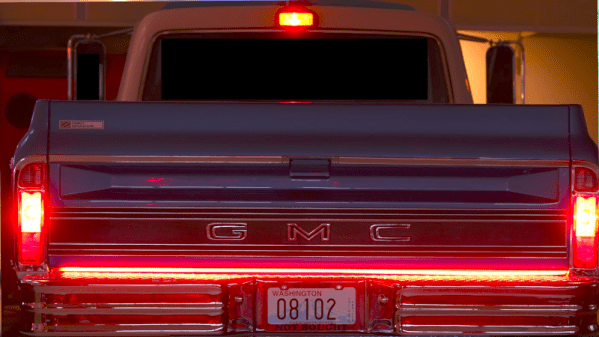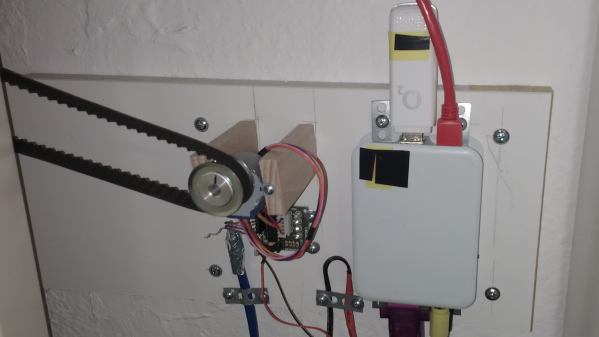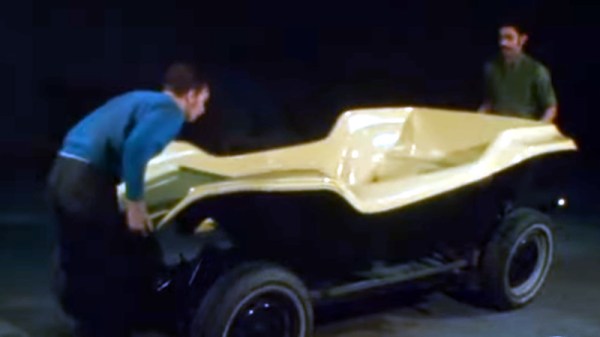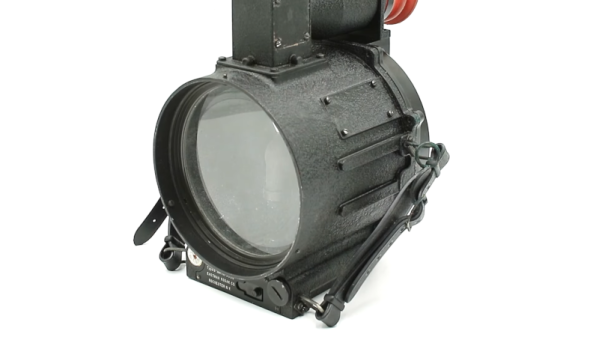Solid state electronics have provided lighter weight night vision units that work better than the old-fashioned gear that used photomultiplier tubes, but there was an even older technology as [Our Own Devices] shows us in a recent video. The Metascope Type B was a first-generation passive night vision viewer that relied on moonlight.
The video shows a 1946 technical paper from the Office of Scientific Research and Development with [Vannevar Bush] credited as the institute’s director. If that name sounds familiar, you may remember that he foresaw hypertext (inspiring both [Doug Englebart] and the creation of the Web).
The Type B was an improvement over the older Type A, which had been tested during the invasion of North Africa in 1942. The type A weighed less than two pounds and was much smaller than the type B. However, it didn’t work very well, so they stopped making them and did a redesign, which is what you see in the video. The type B weighed almost 5 pounds.
To use the metascope, you had to “charge” it with light and then wait. Eventually, you’d need to charge it again. The type B allowed you to charge one phosphor plate while using another one. When that plate became weak, you could swap the plates to continue using the device.
If you aren’t keen on the history, you can skip to just before the 15-minute mark of the video for the hardware examination. He doesn’t open the device, but that’s probably wise, given the nature, age, and rarity of the metascope.
Modern image sensors are very sensitive to infrared, and normal cameras usually have filters to keep them out. Not that you can’t remove it, of course. If you want to see something more modern, [Nick] built his own AN/PVS-14 night vision scope and you can too.
Continue reading “Night Vision The Old Way” →



















